Luxury bed & breakfast
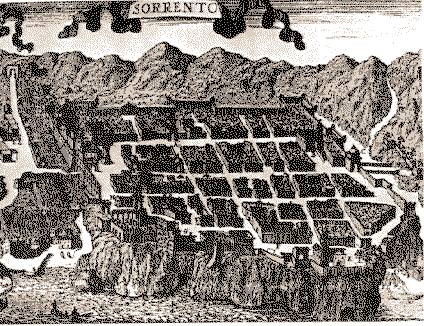 |
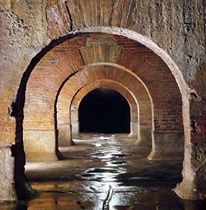 |
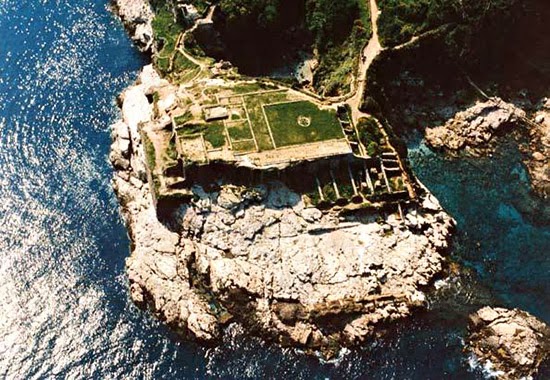 |
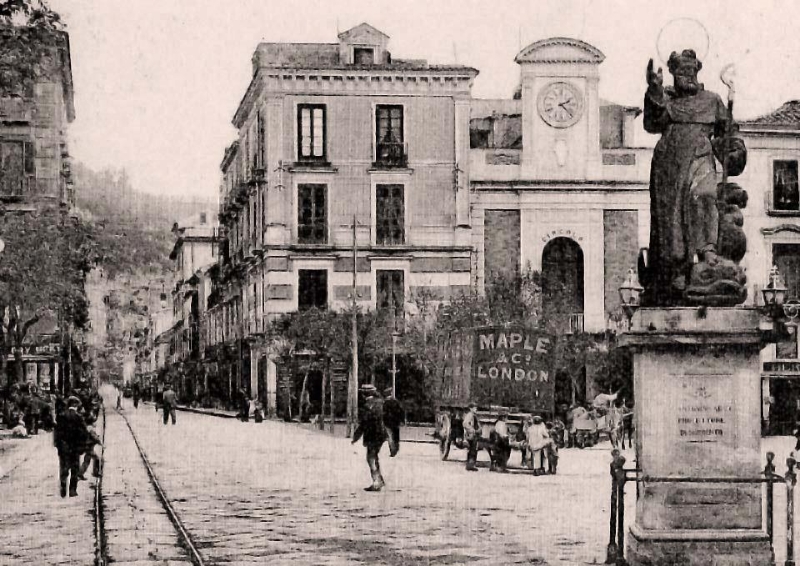 |
Brief historical sights of the city of Sorrento
The Piazza Tasso is "born" in the nineteenth century as a result of urban transformation that occurred in Sorrento. Initially its name was Largo del Castello. Originally, in fact, where today stands the statue of St. Antonino, there was a castle dating from the time of Ferdinand of Aragon (XV century) that was demolished in 1843. In 1844 he proceeded to the demolition of the walls built along the valleys , dating back to the sixteenth century, and who had played the role of defense against incursions. Finally in 1866 it was demolished the gateway to the city from the eastern side, called Porta del Piano, the top of which stood the statue of St. Anthony in tuff. The statue was removed by its creator and A. Torres and was placed on a pier built at the hotel Rispoli. In 1870 it was inaugurated the monument to Torquato Tasso. In the same period, after which the town council decided to open a new road, they were built, often by the rehabilitation of existing buildings, all nineteenth century buildings that surround the actual Course Italy.
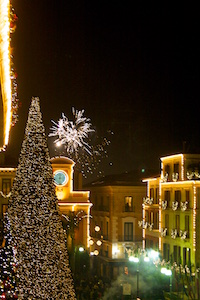
The Crystal Palace was already present in the XVI century and was immediately outside the main gate of the walls of Sorrento. It is part of ancient cisterns of Roman called "cisterns". The cisterns are hydraulic structures built in Roman times. It is large covered tanks that were used to supply drinking water to the settlements that were scattered along the coast of the peninsula and that consisted mainly in large suburban villas built for their leisure time in royalty or wealthy that here were the best conditions of life which could imagine (it was noble courtiers in tow emperor who, in turn preferred to these lands for their amenities, or brave commanders who had gained wealth thanks to their victorious military enterprises). The cisterns still continue to perform their function very well. The water came from springs located in the territory of Sorrento, from which ran a conduct that was developed then for a distance of about five miles. Named after the owners of those gentlemen who were horti in the seventeenth century, but were built in Roman times, along the aqueduct that fed them, said the Formiello. The complex water tanks from the Roman era is placed immediately behind the angle of course Italy with Piazza Tasso, under gardens and areas partly private and partly comunali.I Cisternoni of Spasiano, for their importance and size are a testimony to the development reached by the city in the Augustan age, when the lands of the Sorrento Peninsula were assigned to veterans and the coast were built several large and complex residenziali.Oggi remain two cisterns: the first consists of nine "chambers," which is still used for the 'Water supply to Marina Grande and Marina Piccola; the other ten "chambers," in a state of complete abbandono.Di remarkable ability, is a work parallelogram-shaped brick with vaulted ceilings and covered in a hard mortar, they were certainly restored under Antoninus Pius, as results from the discovery of an inscription carved on a fistula acquaria lead, now preserved at the Museum Correale. The cisterns have a special feature that made them work to this day and that they can still fulfill their function: the interior walls are covered with a dense layer of plaster that has the characteristic of being extremely hard and tough act to avert risks of cracks or impoverishment of the coating. These types of systems were part of the normal knowledge of the Roman engineers tenologiche them disseminated throughout the empire but also in the lands conquered in Africa, where (as we see in the archaeological Carthage) were first used as catalysts and then as accumulators water.